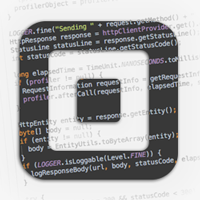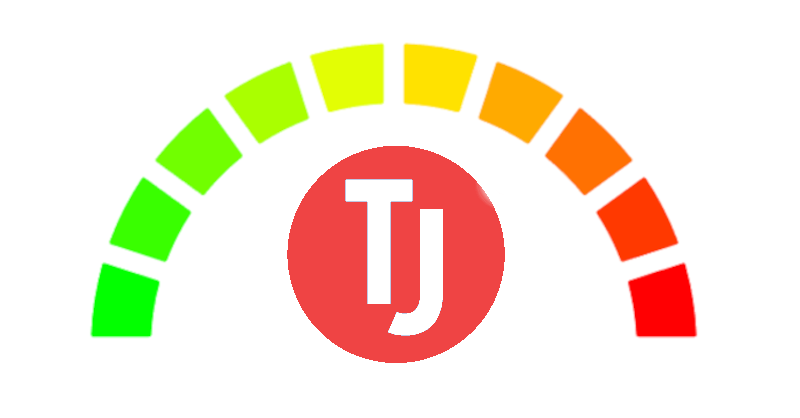# Introduction The Rebilly API is built on HTTP. Our API is RESTful. It has predictable resource URLs. It returns HTTP response codes to indicate errors. It also accepts and returns JSON in the HTTP body. You can use your favorite HTTP/REST library for your programming language to use Rebilly's API, or you can use one of our SDKs (currently available in [PHP](https://github.com/Rebilly/rebilly-php) and [Javascript](https://github.com/Rebilly/rebilly-js-sdk)). We have other APIs that are also available. Every action from our [app](https://app.rebilly.com) is supported by an API which is documented and available for use so that you may automate any workflows necessary. This document contains the most commonly integrated resources. # Authentication When you sign up for an account, you are given your first secret API key. You can generate additional API keys, and delete API keys (as you may need to rotate your keys in the future). You authenticate to the Rebilly API by providing your secret key in the request header. Rebilly offers three forms of authentication: secret key, publishable key, JSON Web Tokens, and public signature key. - [Secret API key](#section/Authentication/SecretApiKey): used for requests made from the server side. Never share these keys. Keep them guarded and secure. - [Publishable API key](#section/Authentication/PublishableApiKey): used for requests from the client side. For now can only be used to create a [Payment Token](#operation/PostToken) and a [File token](#operation/PostFile). - [JWT](#section/Authentication/JWT): short lifetime tokens that can be assigned a specific expiration time. Never share your secret keys. Keep them guarded and secure. <!-- ReDoc-Inject: <security-definitions> --> # Errors Rebilly follow's the error response format proposed in [RFC 7807](https://tools.ietf.org/html/rfc7807) also known as Problem Details for HTTP APIs. As with our normal API responses, your client must be prepared to gracefully handle additional members of the response. ## Forbidden <RedocResponse pointer={"#/components/responses/Forbidden"} /> ## Conflict <RedocResponse pointer={"#/components/responses/Conflict"} /> ## NotFound <RedocResponse pointer={"#/components/responses/NotFound"} /> ## Unauthorized <RedocResponse pointer={"#/components/responses/Unauthorized"} /> ## ValidationError <RedocResponse pointer={"#/components/responses/ValidationError"} /> # SDKs Rebilly offers a Javascript SDK and a PHP SDK to help interact with the API. However, no SDK is required to use the API. Rebilly also offers [FramePay](https://docs.rebilly.com/docs/developer-docs/framepay/), a client-side iFrame-based solution to help create payment tokens while minimizing PCI DSS compliance burdens and maximizing the customizability. [FramePay](https://docs.rebilly.com/docs/developer-docs/framepay/) is interacting with the [payment tokens creation operation](#operation/PostToken). ## Javascript SDK Installation and usage instructions can be found [here](https://docs.rebilly.com/docs/developer-docs/sdks). SDK code examples are included in these docs. ## PHP SDK For all PHP SDK examples provided in these docs you will need to configure the `$client`. You may do it like this: ```php $client = new Rebilly\Client([ 'apiKey' => 'YourApiKeyHere', 'baseUrl' => 'https://api.rebilly.com', ]); ``` # Using filter with collections Rebilly provides collections filtering. You can use `?filter` param on collections to define which records should be shown in the response. Here is filter format description: - Fields and values in filter are separated with `:`: `?filter=firstName:John`. - Sub-fields are separated with `.`: `?filter=billingAddress.country:US`. - Multiple filters are separated with `;`: `?filter=firstName:John;lastName:Doe`. They will be joined with `AND` logic. In this example: `firstName:John` AND `lastName:Doe`. - You can use multiple values using `,` as values separator: `?filter=firstName:John,Bob`. Multiple values specified for a field will be joined with `OR` logic. In this example: `firstName:John` OR `firstName:Bob`. - To negate the filter use `!`: `?filter=firstName:!John`. Note that you can negate multiple values like this: `?filter=firstName:!John,!Bob`. This filter rule will exclude all Johns and Bobs from the response. - You can use range filters like this: `?filter=amount:1..10`. - You can use gte (greater than or equals) filter like this: `?filter=amount:1..`, or lte (less than or equals) than filter like this: `?filter=amount:..10`. This also works for datetime-based fields. - You can create some [predefined values lists](https://user-api-docs.rebilly.com/#tag/Lists) and use them in filter: `?filter=firstName:@yourListName`. You can also exclude list values: `?filter=firstName:!@yourListName`. - Datetime-based fields accept values formatted using RFC 3339 like this: `?filter=createdTime:2021-02-14T13:30:00Z`. # Expand to include embedded objects Rebilly provides the ability to pre-load additional objects with a request. You can use `?expand` param on most requests to expand and include embedded objects within the `_embedded` property of the response. The `_embedded` property contains an array of objects keyed by the expand parameter value(s). You may expand multiple objects by passing them as comma-separated to the expand value like so: ``` ?expand=recentInvoice,customer ``` And in the response, you would see: ``` "_embedded": [ "recentInvoice": {...}, "customer": {...} ] ``` Expand may be utilitized not only on `GET` requests but also on `PATCH`, `POST`, `PUT` requests too. # Getting started guide Rebilly's API has over 300 operations. That's more than you'll need to implement your use cases. If you have a use case you would like to implement, please consult us for feedback on the best API operations for the task. Our getting started guide will demonstrate a basic order form use case. It will allow us to highlight core resources in Rebilly that will be helpful for many other use cases too. Within 25 minutes, you'll have sent API requests (via our console) to create a subscription order.
The public API open to the users. [Read the docs and learn more.](https://threatjammer.com/docs). ## General information ### Description Threat Jammer supports two end-user REST APIs: the User API and the Report API. The end-user uses the User API to interact with the different databases, heuristics, and machine learning processes. Devices use the Report API to interact with Threat Jammer. This document will explain how to use the User API and interact with the different services, create a token, interpret the quota information, and create the HTTP request to interact with the User API. ### Authentication The API is protected by a **Bearer authentication** schema. **Bearer authentication** (also called **token authentication**) is an HTTP authentication scheme that involves security tokens called bearer tokens. It is used to authenticate the user. All the different endpoints expect a `Bearer` token in the `Authorization` header. Example: ``` curl -X 'GET' 'https://dublin.api.threatjammer.com/test' -H 'accept: application/json' -H 'Authorization: Bearer YOUR_API_KEY' ``` You can obtain a token after registering on the [ThreatJammer.com](https://threatjammer.com) website for free. ### Region specific tokens All the `Bearer` tokens contain information about the authorized region. The developers have to use a token created for the region they want to use. A token used in a different region will return a `401 Unauthorized` error. ### Global errors The API will return the following permanent errors: - a `401 Unauthorized` error if the token is not valid, or does not belong to the region. - a `401 Unauthorized` error if the token does not exist. - a `401 Unauthorized` error if the token is malformed. - a `403 Forbidden` error if the subscription level is not enough. Some endpoints are only available for paid subscription levels. And these temporary errors: - a `429 Too Many Requests` error if the quota is exceeded (see below). ### Quota limits **Every request to the User API will consume one (1) quota point.** The API has two rate limiting processes: - a quota limit of **5000** requests per month for the `FREE` account. The limit is reset every month. - a quota limit of **10** requests per minute for the `FREE` account. The limit is reset every minute and implements a sliding window mechanism.
Welcome to TruAnon! Thank you for helping make the Internet a safer place to be. Adopting TruAnon is simple. There is no setup or dependencies, nothing to store or process. Making identity part of your service is fun, and you’ll be up and running in a matter of minutes. TruAnon Private Token is used anytime you request information from TruAnon and you must edit this into the Variables section for this collection. This API contains two endpoints and both require these same two arguments, also found in the Variables section of this collection. These two arguments are: TruAnon Service Identifier and Your Member Name Your TruAnon Service Identifier was provided by TruAnon and is likely the root domain of your site or service. Your Member Name is the unique member ID on your system that you would like to query. Information is continuously updated for display purposes and aside from performance considerations, there should be no need to capture or save anything from TruAnon.





